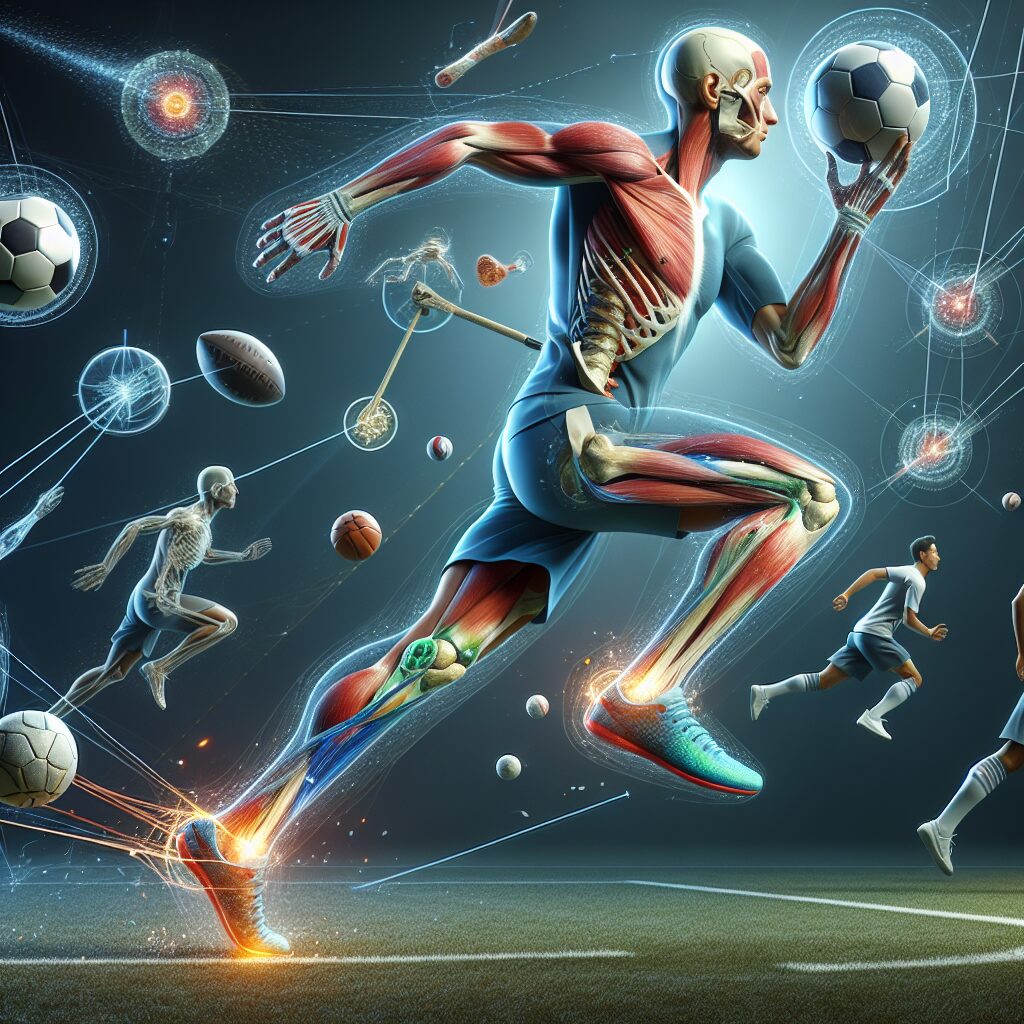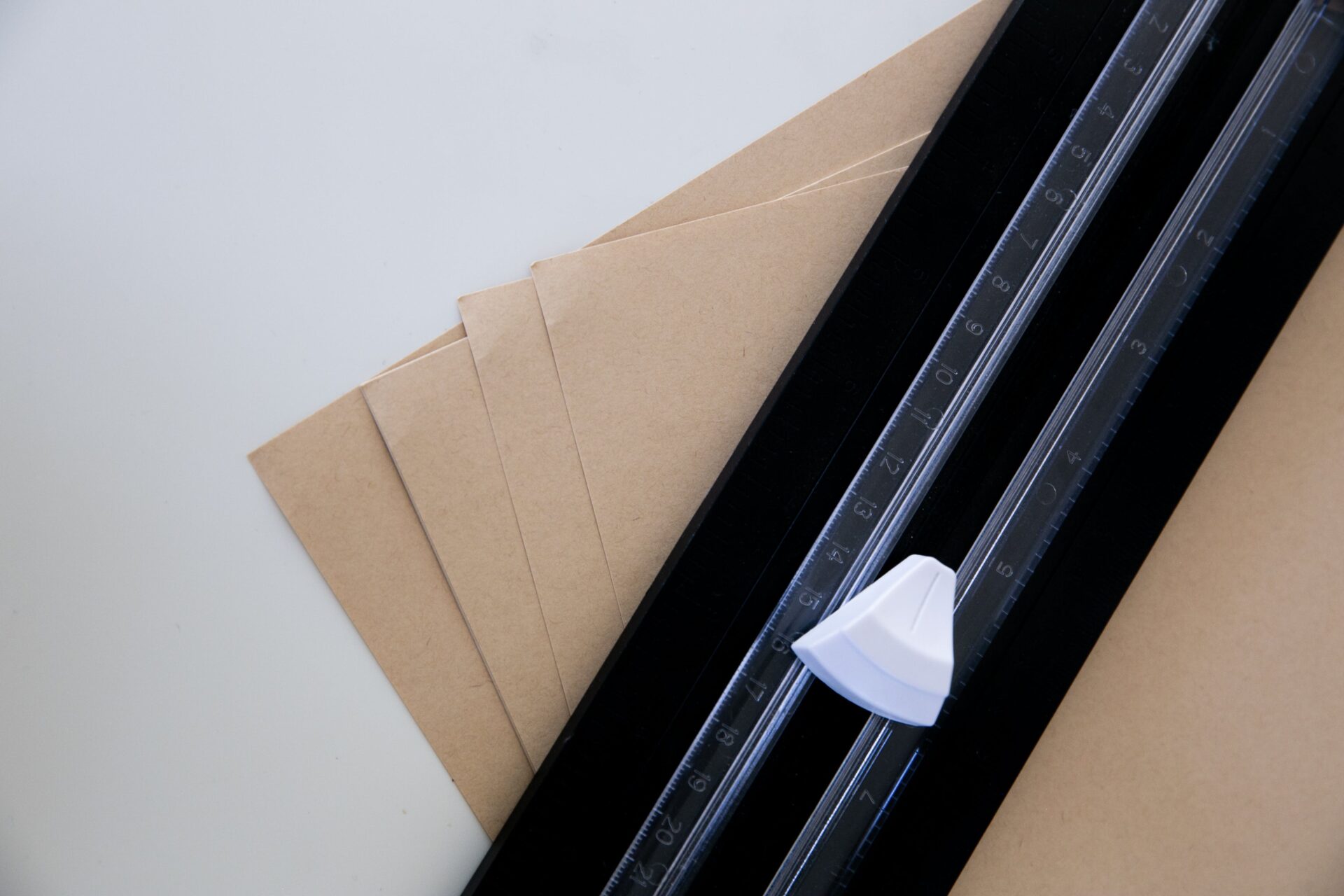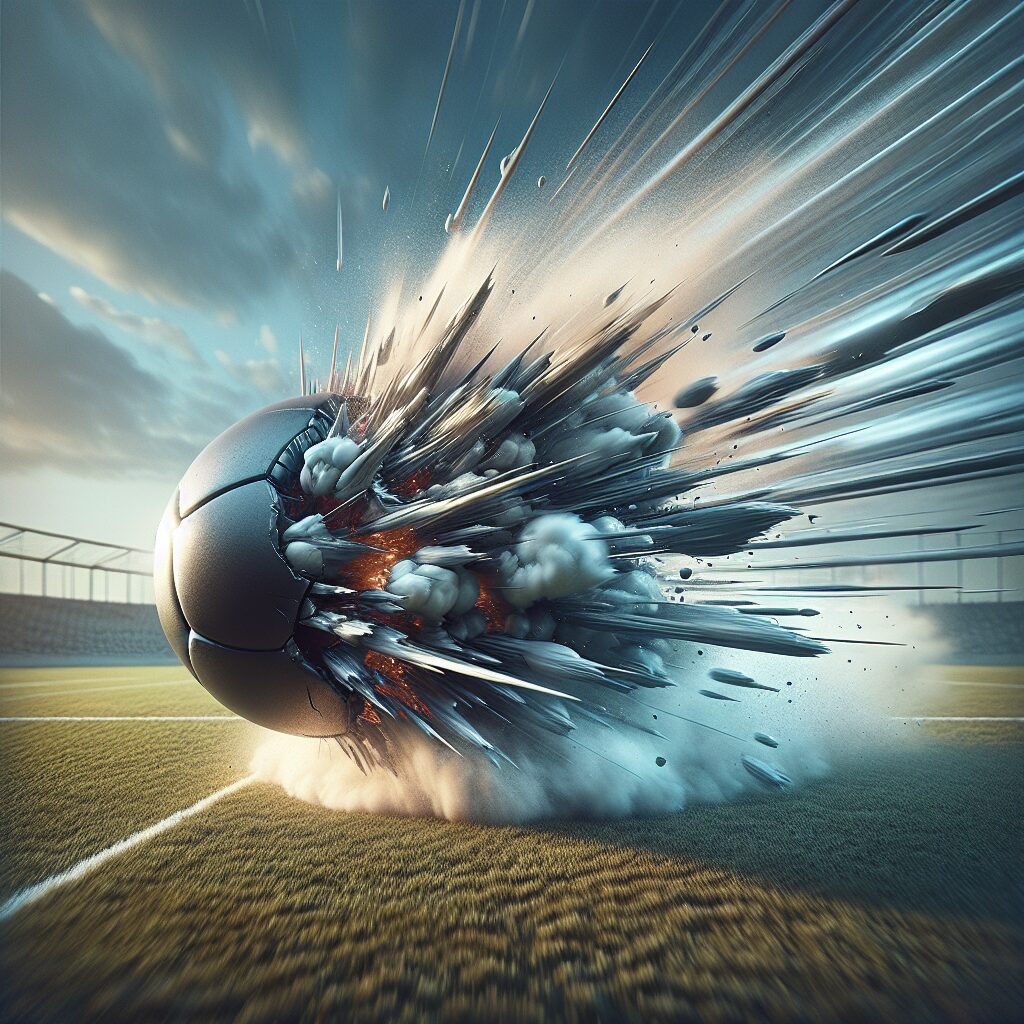Biomechanics of Injury: Analyzing Ball Sports
Ball sports have long been a favorite pastime, captivating audiences with their fast-paced and adrenaline-fueled action. From soccer to basketball, these sports require agility, coordination, and precision. However, amidst the excitement and thrill, athletes often face the risk of injury. Understanding the biomechanics of injury in ball sports is crucial in order to prevent, manage, and rehabilitate these injuries effectively.
When it comes to ball sports, the impact and unique features of these games play a significant role in the occurrence and severity of injuries. The repetitive motions involved, such as kicking, jumping, and throwing, can lead to overuse injuries like tendinitis or stress fractures. Additionally, the high intensity of collisions, sudden changes in direction, and rapid acceleration and deceleration can result in acute injuries like sprains, strains, and contusions. The biomechanics of these movements, including joint angles, muscle forces, and ground reaction forces, all contribute to the likelihood and mechanism of injury.
In the next section, we will explore the key takeaways of biomechanics of injury in ball sports. We will delve into the specific biomechanical factors that increase the risk of injury and examine the importance of proper technique and training to prevent injuries. Furthermore, we will discuss the role of footwear and equipment in mitigating the impact on the body. By understanding the biomechanics of injury in ball sports, athletes, coaches, and sports medicine professionals can work together to enhance performance, reduce injuries, and prolong an athlete’s career. So, let’s dive into these key takeaways and uncover the valuable insights that can make a significant difference in the world of ball sports.
Key Takeaways
1. The biomechanics of injury in ball sports is a complex field that involves studying the forces and movements applied to the body during gameplay.
2. Understanding the mechanics involved in ball sports can help identify potential risk factors and develop strategies to prevent injuries.
3. The analysis of player movements, impact forces, and equipment characteristics can provide valuable insights into injury patterns and mechanisms.
4. Biomechanical studies have highlighted the importance of proper technique, equipment design, and player conditioning in reducing the risk of injuries.
5. By applying biomechanical principles to injury prevention, researchers and practitioners can contribute to the development of safer playing techniques and equipment modifications for ball sports.
What is the Significance of Biomechanics in Analyzing Ball Sports Injuries?
An Introduction to Biomechanics
Understanding the concept of biomechanics is crucial when analyzing injuries in ball sports. Biomechanics refers to the study of the mechanical principles that govern the movement and structure of living organisms. It involves the analysis of forces and their effects on the human body during various activities, including sports. By studying the biomechanics of injury in ball sports, we can gain valuable insights into how injuries occur and develop strategies to prevent them.
Key Factors Affecting Injury in Ball Sports
Several factors contribute to the occurrence of injuries in ball sports. One important aspect is the magnitude and direction of the forces generated during the game. These forces can exert significant stress on the body, leading to sprains, strains, fractures, and more severe injuries. Additionally, the type of sport and the specific movements involved also play a role in injury risk. For example, sports that involve high-velocity impacts, sudden changes in direction, or repetitive movements may have different injury patterns compared to those with low-impact or static movements.
Role of Biomechanical Analysis in Injury Prevention
Biomechanical analysis is a valuable tool for injury prevention in ball sports. By examining the specific movements and forces involved in various sports, researchers and coaches can identify potential injury mechanisms and take proactive measures to minimize risk. This analysis often involves the use of specialized equipment, such as motion capture systems, force plates, and wearable sensors, to collect data on athletes’ movements and forces experienced during gameplay. These findings can then be used to design training programs, modify techniques, or implement protective equipment to reduce the likelihood of injuries.
Common Injuries in Ball Sports
In ball sports, certain types of injuries are more prevalent due to the nature of the game. Some common injuries include:
1. Ligament Sprains: The sudden change in direction or forceful impact can cause ligament sprains, especially in joints like the ankle or knee.
2. Muscle Strains: Rapid acceleration or deceleration, combined with improper warm-up or fatigue, can lead to muscle strains or tears.
3. Fractures: Direct trauma or excessive loading on bones can result in fractures, particularly in contact sports like football or rugby.
4. Overuse injuries: Repetitive motions in ball sports, such as tennis or golf swings, can cause overuse injuries like tennis elbow or golfer’s elbow.
Prevention Strategies for Ball Sports Injuries
To minimize the risk of injuries in ball sports, it is essential to implement effective prevention strategies. Here are some tips to consider:
1. Proper warm-up and stretching routines before engaging in any ball sport activity.
2. Maintaining proper technique and form during gameplay to reduce the impact on joints and muscles.
3. Adequate rest and recovery periods to prevent overuse injuries caused by repetitive movements.
4. Wearing appropriate protective gear, such as helmets, padding, or braces, based on the specific sport’s requirements.
5. Conditioning and strengthening exercises targeting the muscle groups involved in specific ball sports to improve overall stability and injury resilience.
6. Regular evaluation of game rules and equipment standards to ensure the safety of players.
7. Seeking professional coaching and guidance to develop correct techniques and minimize the risk of injury.
By understanding the biomechanics of injury in ball sports and implementing targeted prevention strategies, athletes and sports enthusiasts can enjoy their favorite sports while minimizing the risk of injuries.
Frequently Asked Questions
1. How does biomechanics play a role in analyzing injuries in ball sports?
Biomechanics is the study of how the body moves, and it helps us understand the forces and motions that contribute to injuries in ball sports. By analyzing the mechanics of movements like kicking, throwing, or hitting a ball, researchers can identify the potential stressors on different body parts and develop strategies to prevent injuries.
2. What are the common injuries associated with ball sports?
Common injuries in ball sports include sprained ankles, tennis elbow, ACL tears, shoulder impingement, and wrist fractures. Biomechanical analysis of these injuries helps in understanding the mechanism of injury and developing preventive measures.
3. Can biomechanics analysis help improve performance in ball sports?
Yes, biomechanics analysis can help identify inefficiencies in technique or movement patterns that may limit performance. By using technology like motion sensors or video analysis, coaches and athletes can fine-tune movements to optimize performance and reduce the risk of injury.
4. How can ball sports athletes prevent overuse injuries?
Preventing overuse injuries in ball sports involves proper conditioning, cross-training, and gradual progression of training load. Biomechanics analysis can help identify optimal movement patterns and highlight areas of weakness or imbalance that may contribute to overuse injuries.
5. Is it necessary for ball sports athletes to undergo biomechanics analysis?
While not necessary for every athlete, biomechanics analysis can be beneficial, especially for those who want to improve performance or prevent injuries. It provides a deeper understanding of movement mechanics and allows for targeted interventions and training programs.
6. How can biomechanics analysis be integrated into injury rehabilitation?
Biomechanics analysis can help identify movement compensations or deficiencies during injury rehabilitation. By addressing the underlying biomechanical factors, rehab programs can be tailored to promote proper movement patterns, enhance recovery, and reduce the risk of reinjury.
7. Can ball sports athletes with previous injuries benefit from biomechanics analysis?
Yes, athletes with previous injuries can benefit from biomechanics analysis. It helps identify any residual movement compensations or weaknesses that may increase the risk of recurrent injuries. By addressing these factors, athletes can minimize the risk of reinjury and regain optimal performance.
8. What technologies are used in biomechanics analysis of ball sports?
Biomechanics analysis of ball sports often involves video analysis, motion sensors, force plates, and electromyography (EMG) to capture and quantify movements, forces, and muscle activity. These technologies provide valuable data for research and practical applications.
9. Does biomechanics analysis only focus on individual athletes?
No, biomechanics analysis can also be applied to team dynamics and interactions. By analyzing the movements of multiple players simultaneously, researchers can gain insights into how coordination and positioning influence performance and injury risk in team sports.
10. How is biomechanics analysis changing the future of ball sports?
Biomechanics analysis is revolutionizing the way we understand and approach ball sports. It helps in developing evidence-based training techniques, injury prevention strategies, and rehabilitation programs. As technology advances, biomechanics analysis will continue to play a critical role in optimizing performance and minimizing the risk of injuries in ball sports.
Final Thoughts
The biomechanics of injury in ball sports is a fascinating field of study that offers valuable insights into the mechanics of human movement and the factors contributing to injuries. By analyzing the forces, motions, and stresses involved in ball sports, researchers and practitioners can develop effective strategies to optimize performance and reduce the risk of injuries.
As our understanding of biomechanics evolves and technology continues to advance, the application of biomechanics analysis in ball sports will likely become more widespread. This knowledge can empower athletes, coaches, and sports medicine professionals to make informed decisions and implement evidence-based interventions to enhance performance, prevent injuries, and promote long-term athlete well-being.




